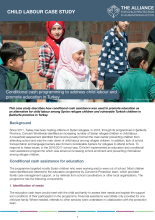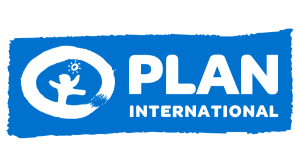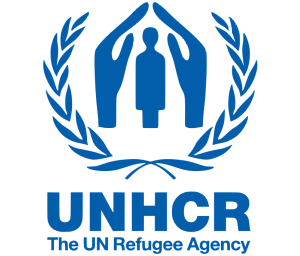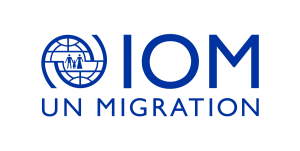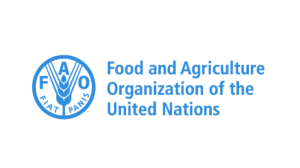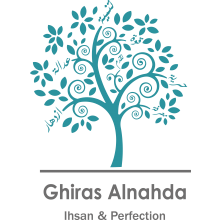
Dirigido por: Plan Internacional y OIT
Ponte en contacto con nosotros: cltf@alliancecpha.org
Nuestra misión
Garantizar la coordinación y colaboración a nivel global entre el personal humanitarios y los que operan en el contexto de desarrollo para fortalecer así la calidad y la coordinación de las acciones que se preparan, previenen y responden al trabajo infantil en situaciones de emergencias a nivel nacional.
El grupo operativo sirve de plataforma para identificar y tratar retos comunes que existen en los programas de trabajo inftanil en contextos de emergencia y ofrece de esta manera una voz colectiva sobre los temas del trabajo infantil en emergencias con posiciones técnicas en otras aspectos del trabajo humanitario tales como a la hora de establecer normativas humanitarias, colaboración intre disciplinas y las campañas globales de promoción y pólizas relacionadas al trabajo infantil.
Prioridades del grupo operativo sobre el trabajo infantil
Herramientas, normativas e información orientativa y técnica:
- El conjunto de herramientas interinstitucional sobre el trabajo infantil en la acción humanitaria está disponible y distribuido a nivel local, nacional, regional y global
Capacitación:
- Los intervinientes humanitarios poseen un conocimiento y habilidades más profundizadas para prevenir y responder al (las peores formas del) trabajo infantil en emergencias.
Coordinación, Pólizas y Promoción:
- El tema del trabajo infantil en contextos humanitarios está incluido/presente en las agendas de plataformas globales, regionales y locales, que incluyen pero no se limitan a la Alianza 8,7 y otros grupos operativos de la Alianza para la protección de la niñez en la acción humanitaria
Task Force Member Organisations
Resources
Child Labour Case Study | Centre-Based Services and Cash Assistance to Address Child Labour in Turkey
Child Labour Case Study | Conditional Cash Programming to Address Child Labour and Promote Education in Turkey
